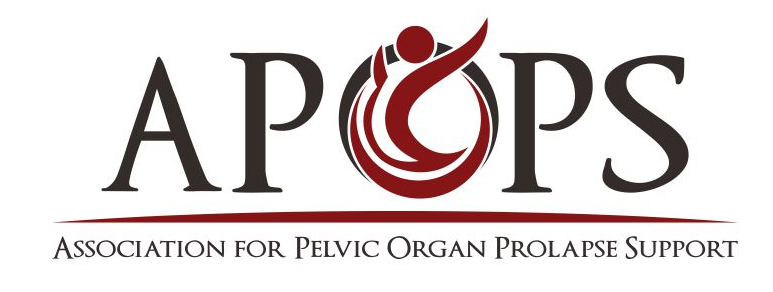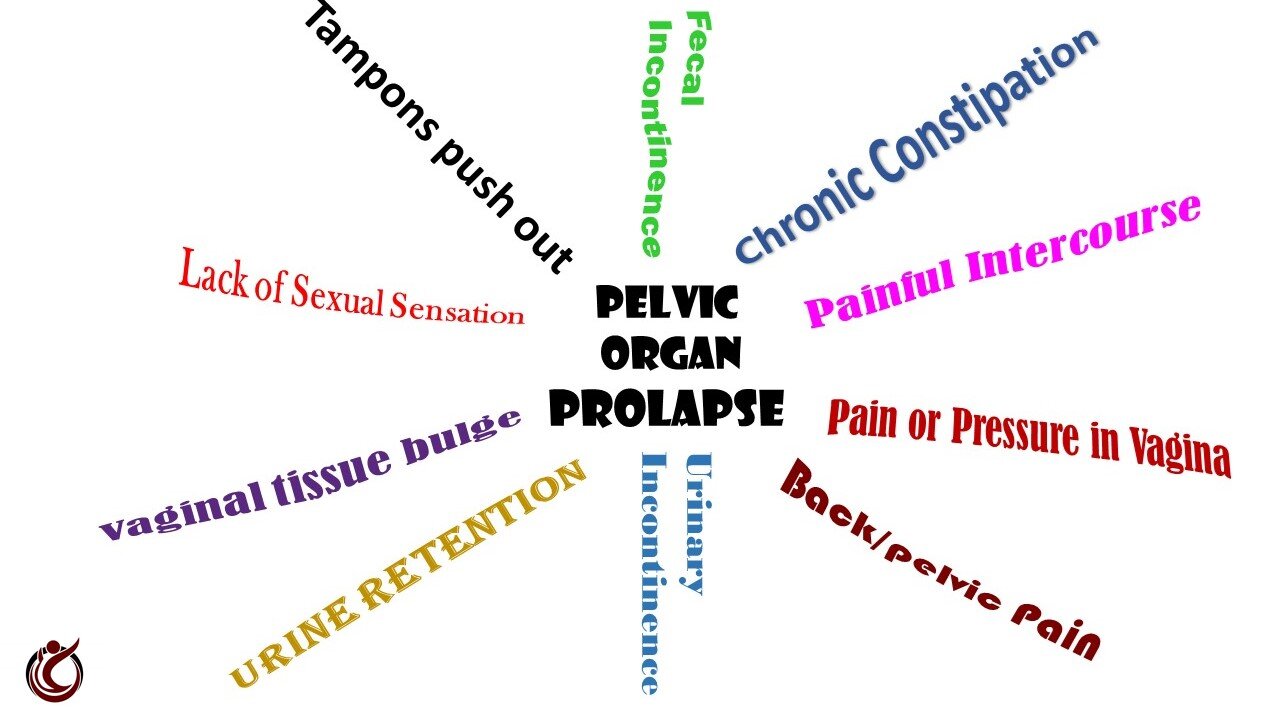POP SYMPTOMS QUICKSHEET
Pelvic organ prolapse can occur in young women as well as mature women. Each of the five types of POP has its own symptoms, but in general symptoms can include:
Pressure, pain, or fullness in vagina, rectum, or both.
Feeling like your “insides are falling out” or like you are sitting on a ball.
Vaginal tissue bulge.
Urinary incontinence.
Urine retention (feel urge but unable to urinate).
Fecal incontinence.
Chronic constipation.
Back/pelvic pain.
Lack of sexual sensation.
·Painful intercourse.
Inability to keep a tampon in.
Check out APOPS POP Risk Factor Questionnaire (POP-RFQ) for more detail, available in 14 languages.
POP CAUSES QUICKSHEET
It is estimated that 50% of women suffer from at least one type of pelvic organ prolapse (there are five types). It is likely that most women have more than one POP cause that fits their health and lifestyle. The most common causes of POP are:
Vaginal childbirth; complications from large birth weight babies, long 2nd stage labor, forceps or suction deliveries, multiple births, improperly repaired episiotomy. (It is also possible for women who have never given birth to have POP; there are multiple non-childbirth related causes.)
Menopause; age related estrogen loss which impacts muscle tissue strength, elasticity, and density, including internal muscle tissue such as the pc muscle.
Chronic constipation; IBS (irritable bowel syndrome), poor diet, lack of exercise may cause constipation.
Chronic coughing; smoking, allergies, bronchitis, and emphysema may cause chronic coughing.
Heavy lifting; lifting children, repetitive heavy lifting at work, weight lifting.
Aggressive downward pounding athletic or fitness activities may damage or weaken internal structural tissue; jogging, marathon running.
Abdominal surgery; structural weakness from surgery,myofascial restrictions, and scar tissue can lead to amplify POP complications.
Diastasis rectus abdominus (DRA); separation in the two bellies of the rectus abdominus muscle during pregnancy may predispose women to a core weakness which can increase to POP risk factor.
Neuromuscular diseases, Ehlers Danlos Syndrome (EDS is double jointed, stretchy tissue), Marfan, MS.



